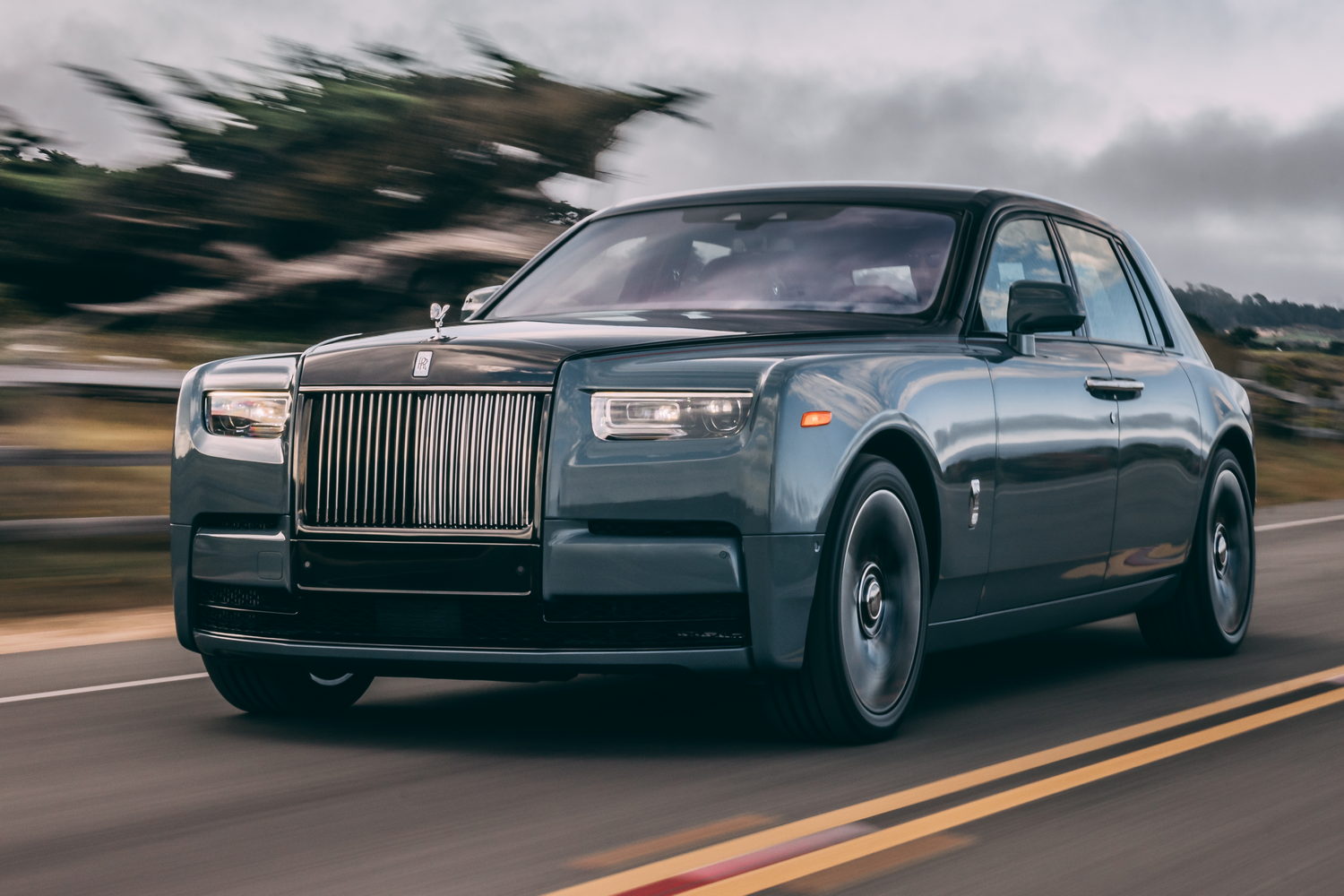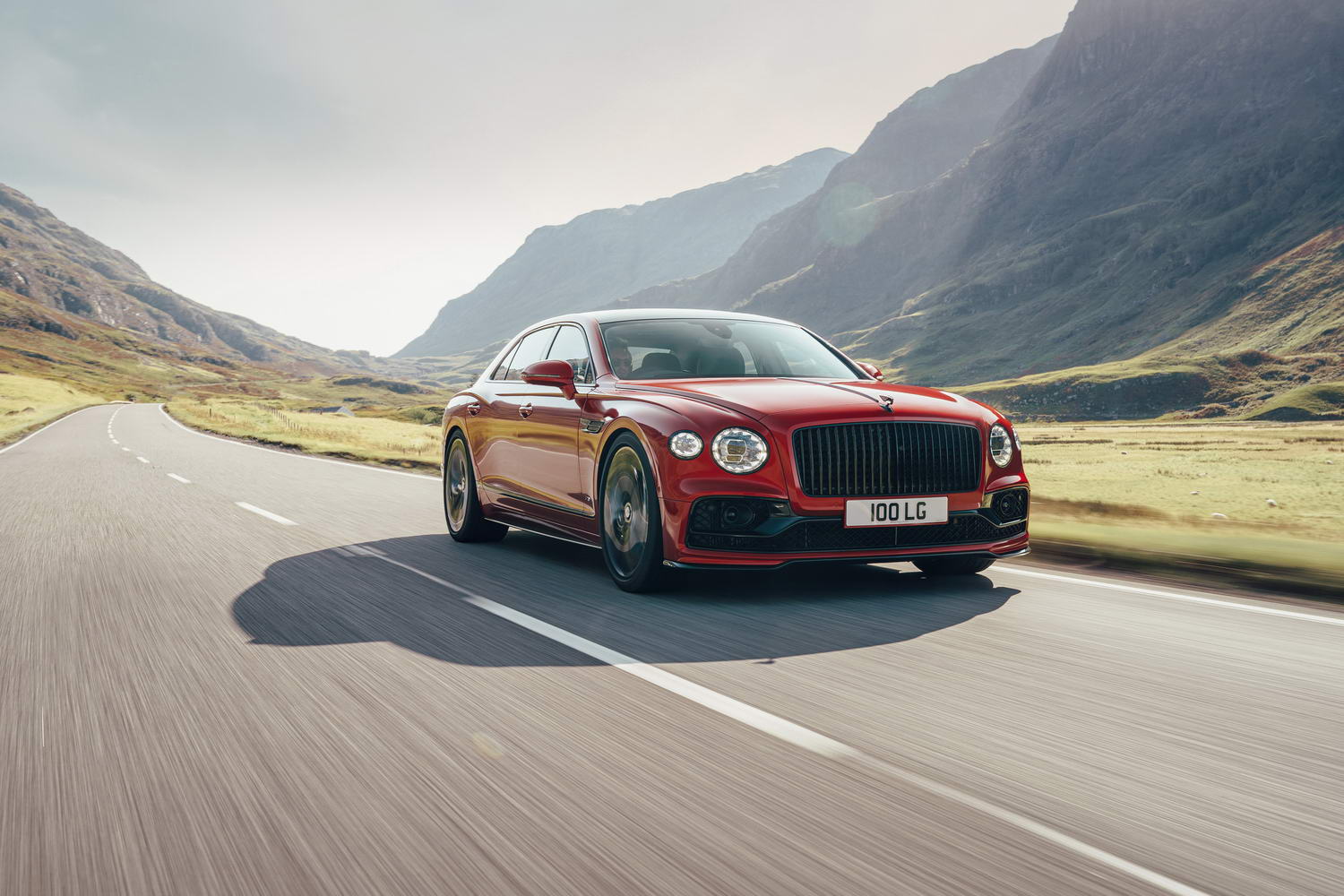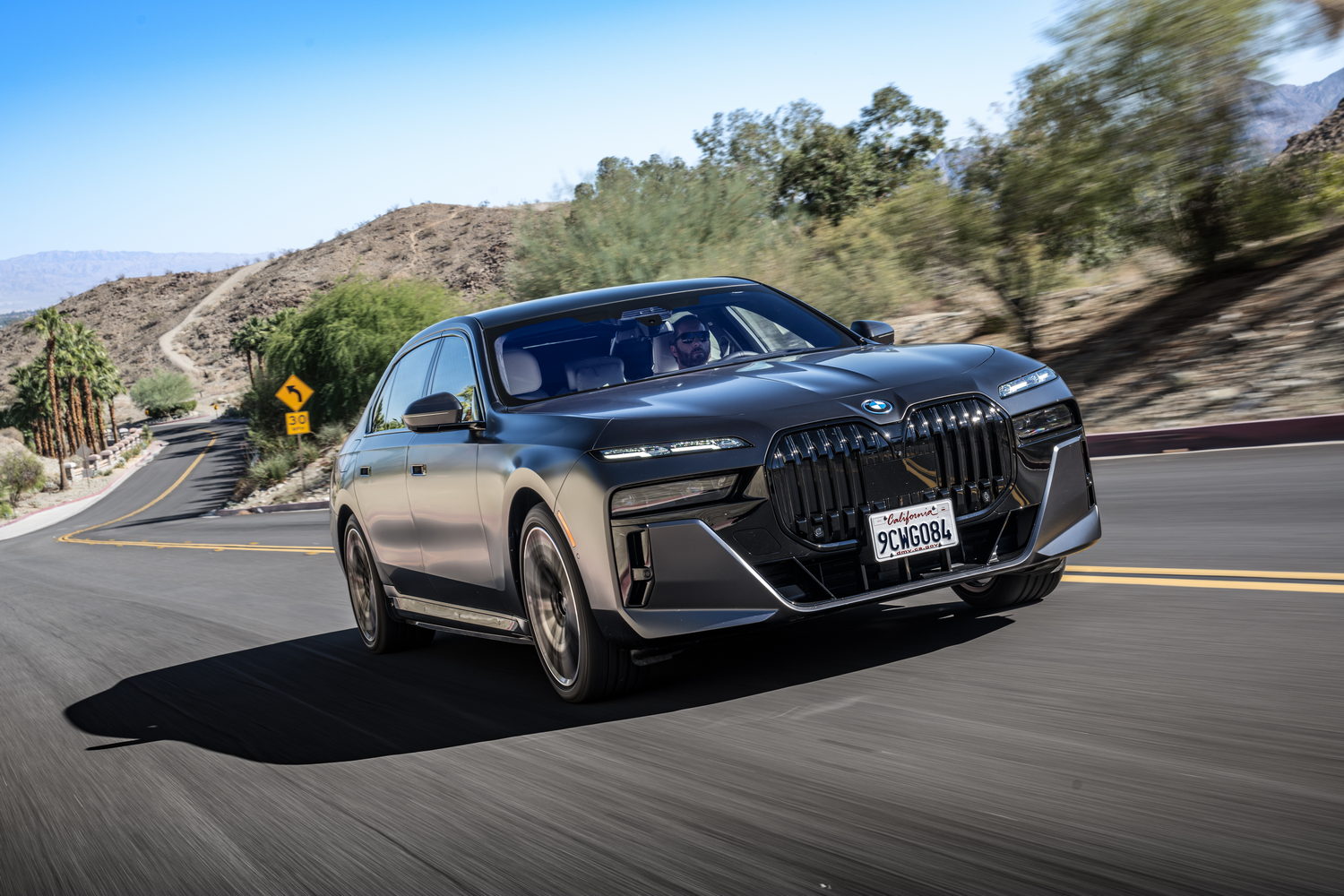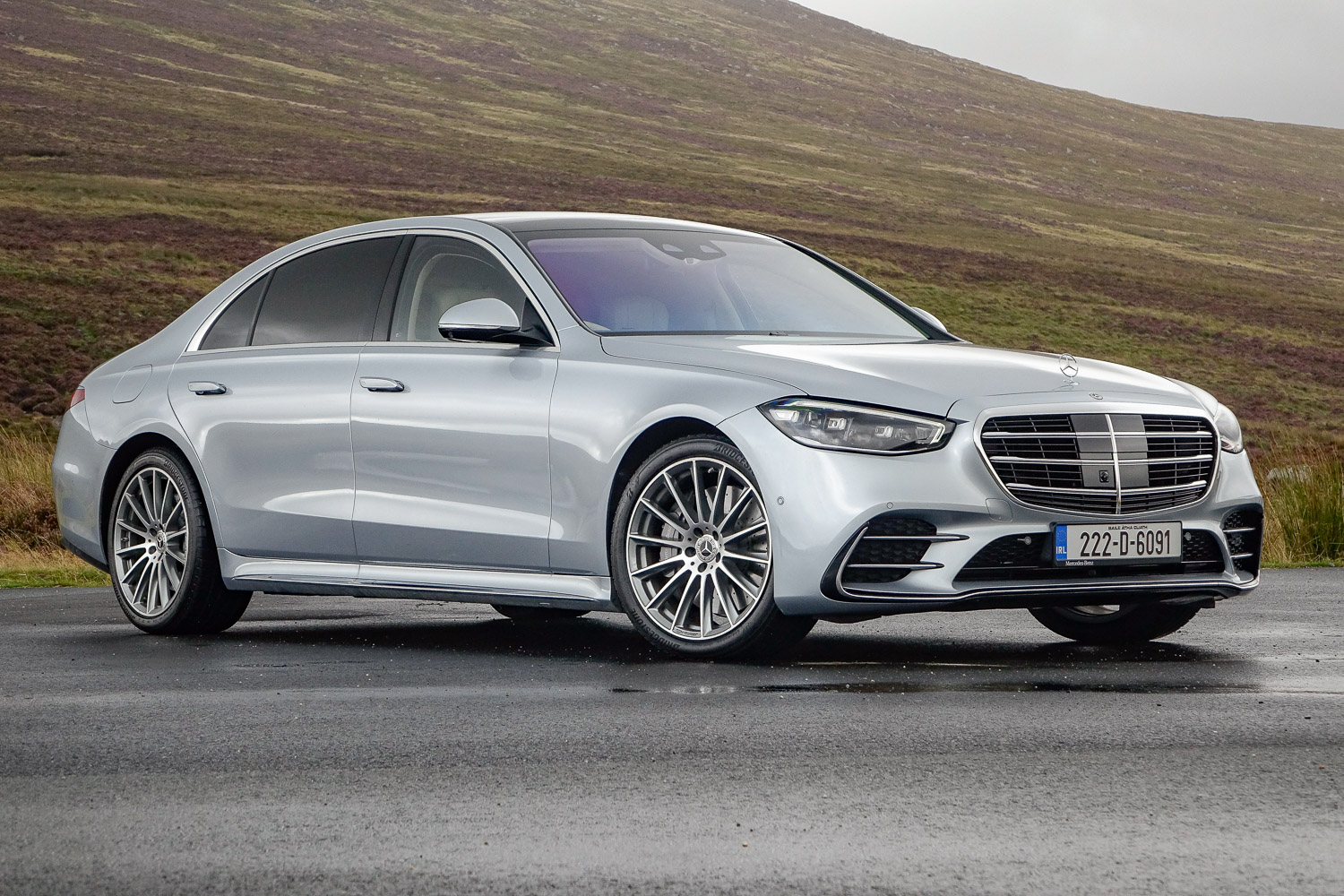When you hear the Rolls-Royce name, no doubt you think of big, luxurious saloon cars with imposing grilles and a posh fairy on the front, so you could make a pretty convincing case for the Phantom being the most Rolls-Royce-like of all the marque’s current cars. But is the brand that claims to make the world’s best motor cars really still doing that? And is the new Phantom really the last word in luxury limousines?
We took the wheel of the latest-generation model in Rolls-Royce’s homeland in the UK.
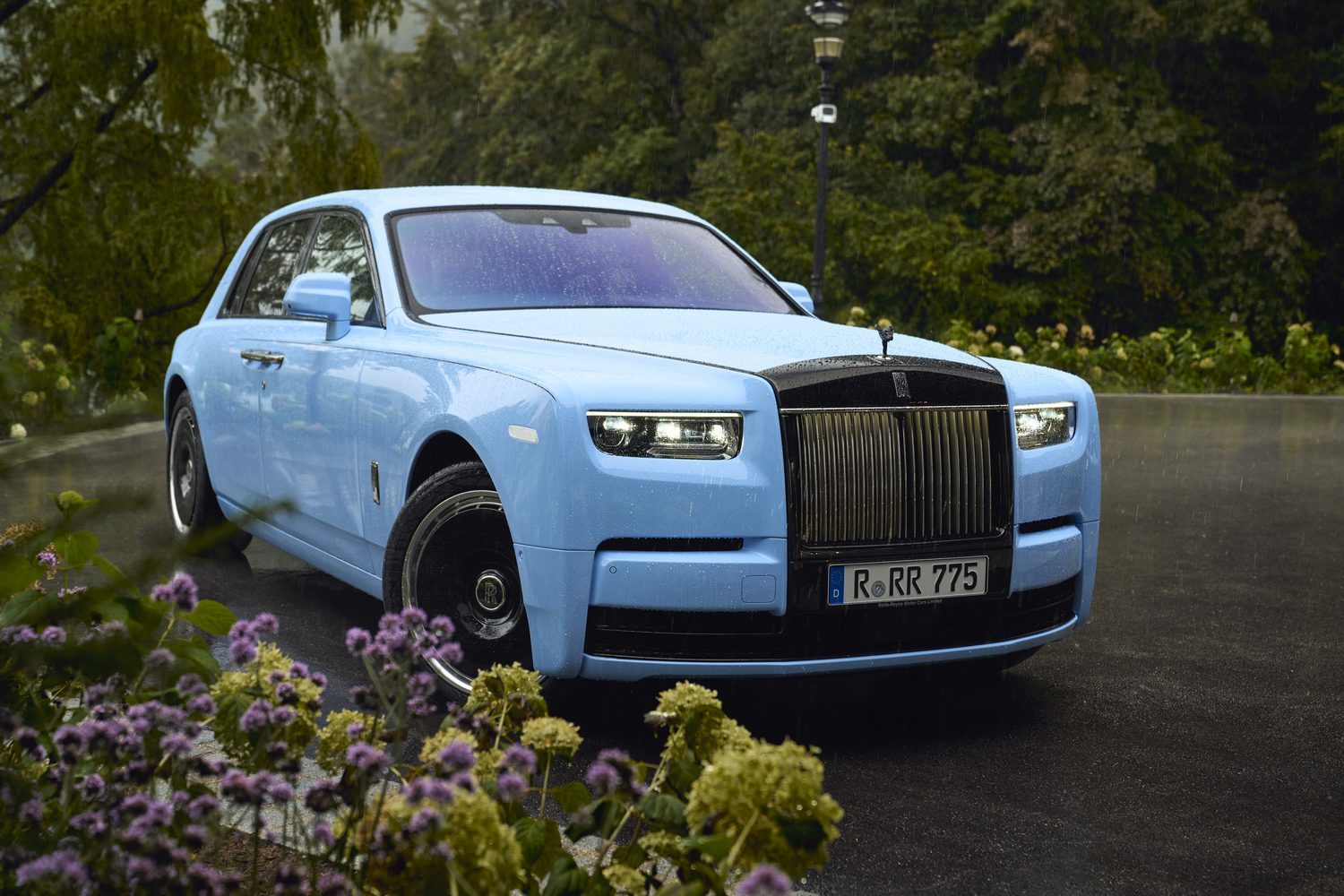
What does the Rolls-Royce Phantom look like?
Large. That’s the first word that comes to mind when you see a Phantom, and particularly a long-wheelbase variant. It’s so big that small dogs will need a rest after walking around it and smart watches would consider washing it a long workout. It’s almost a metre longer than a Mercedes-Benz E-Class, and it’s as wide as a Range Rover. This is a massive car, and it makes one hell of a statement.
That’s partly down to the front grille, which has retained the traditional Rolls-Royce style, but also because of the square front end, the huge wheels and the classic big limousine roofline. I don’t think the design necessarily oozes class, and it isn’t even all that stylish, but it does have lots of presence. And, of course, you can make it as subtle or as ostentatious as you want, thanks to the vast array of personalisation options that allow customers to get their Phantom looking exactly as they want it to.
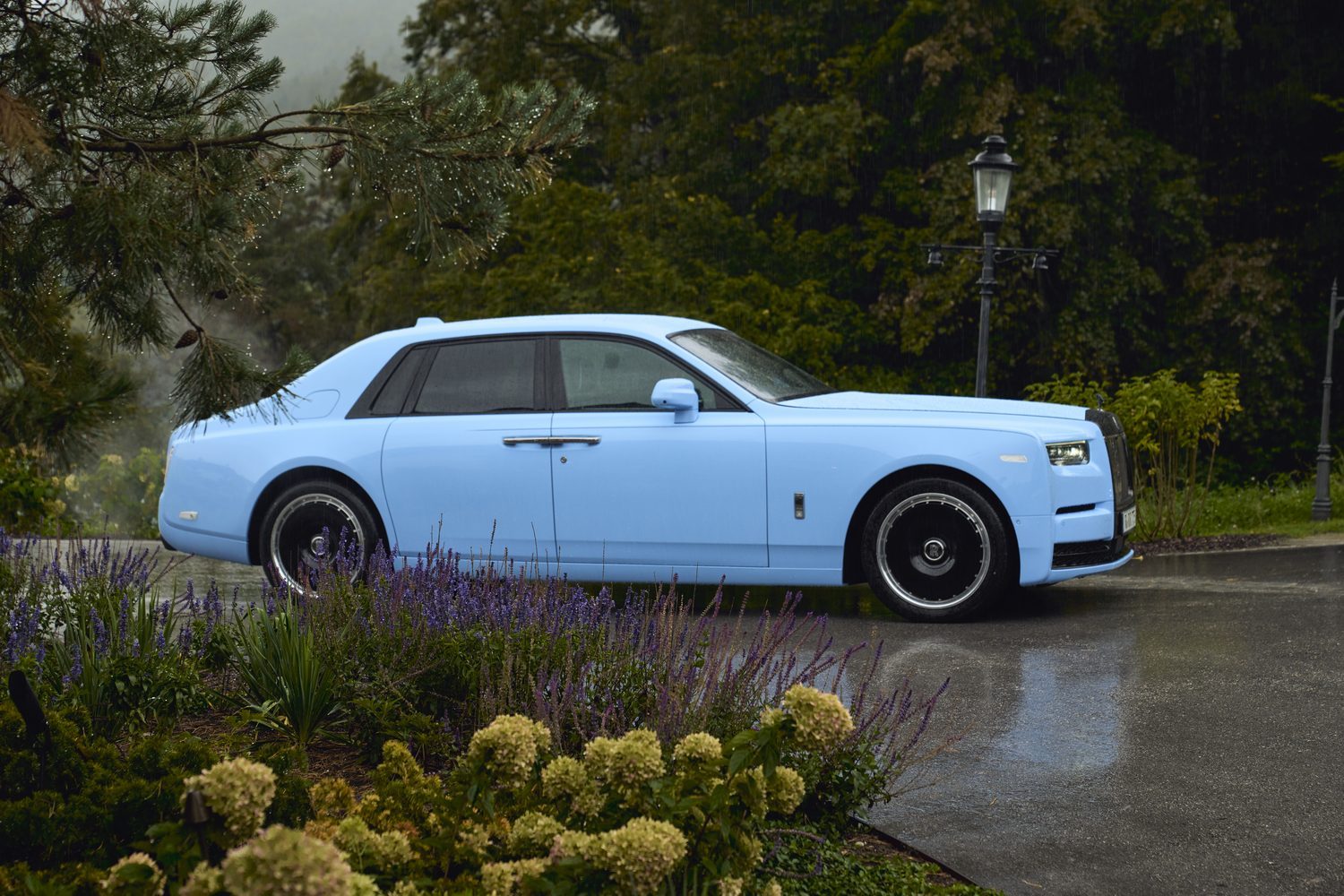
A look inside the Rolls-Royce Phantom
As with the exterior, the Phantom’s cabin blends traditional and contemporary to great effect, although whether you’ll like the result is another question. The dashboard design is quite boxy, reflecting the shape of the exterior, and it definitely feels more classical than high-tech. The infotainment screen, for example, isn’t that big, and though there is technically a digital instrument display, it’s still configured to look like old-school dials.
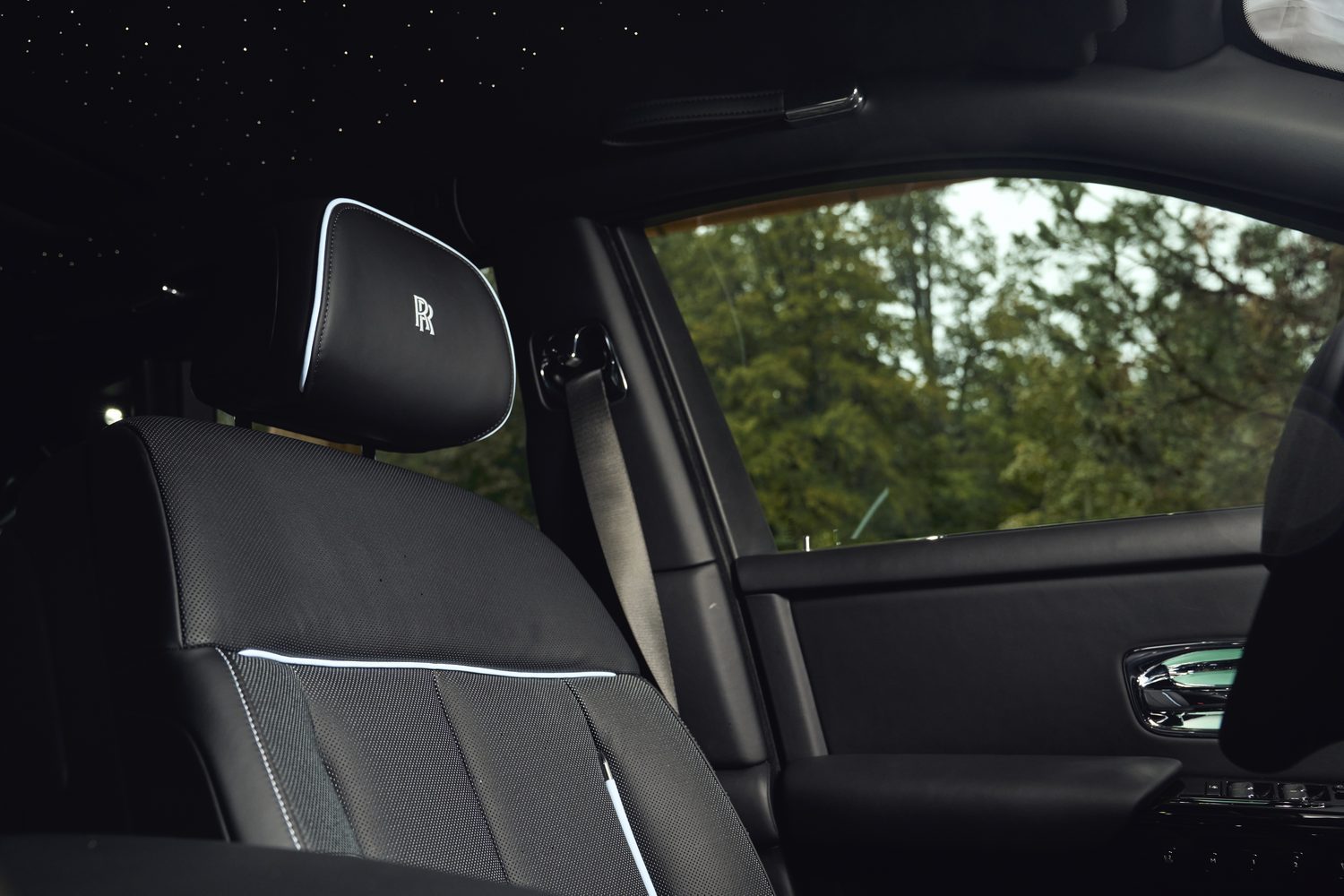
Then there’s the question of the organ-stop controls for air vents and the slightly odd dials for temperature control, all of which add to the classic image. But some of the materials on show are delectable, from the veneers on offer in the cabin to the leather that’s wrapped around the seats, the Phantom’s interior is immensely comfortable. And we haven’t even got to the carpets, which are almost comically deep.
But for all the Phantom’s glorious materials, there are some let-downs inside, particularly in a car that could cost close to €800,000 on the road. Some of the plastics on the steering wheel, for example, are a little on the cheap side, and the stalks behind the wheel don’t feel quite as robust as we’d like. These sound like minor inconveniences, but they cheapen the image slightly, and that’s the last thing you want in a Rolls.
Other minor issues include the design of the steering wheel itself, which has spokes exactly where you want to put your thumbs, making it a bit awkward in your hands, but let’s not forget this is a car to be driven in, not to drive.
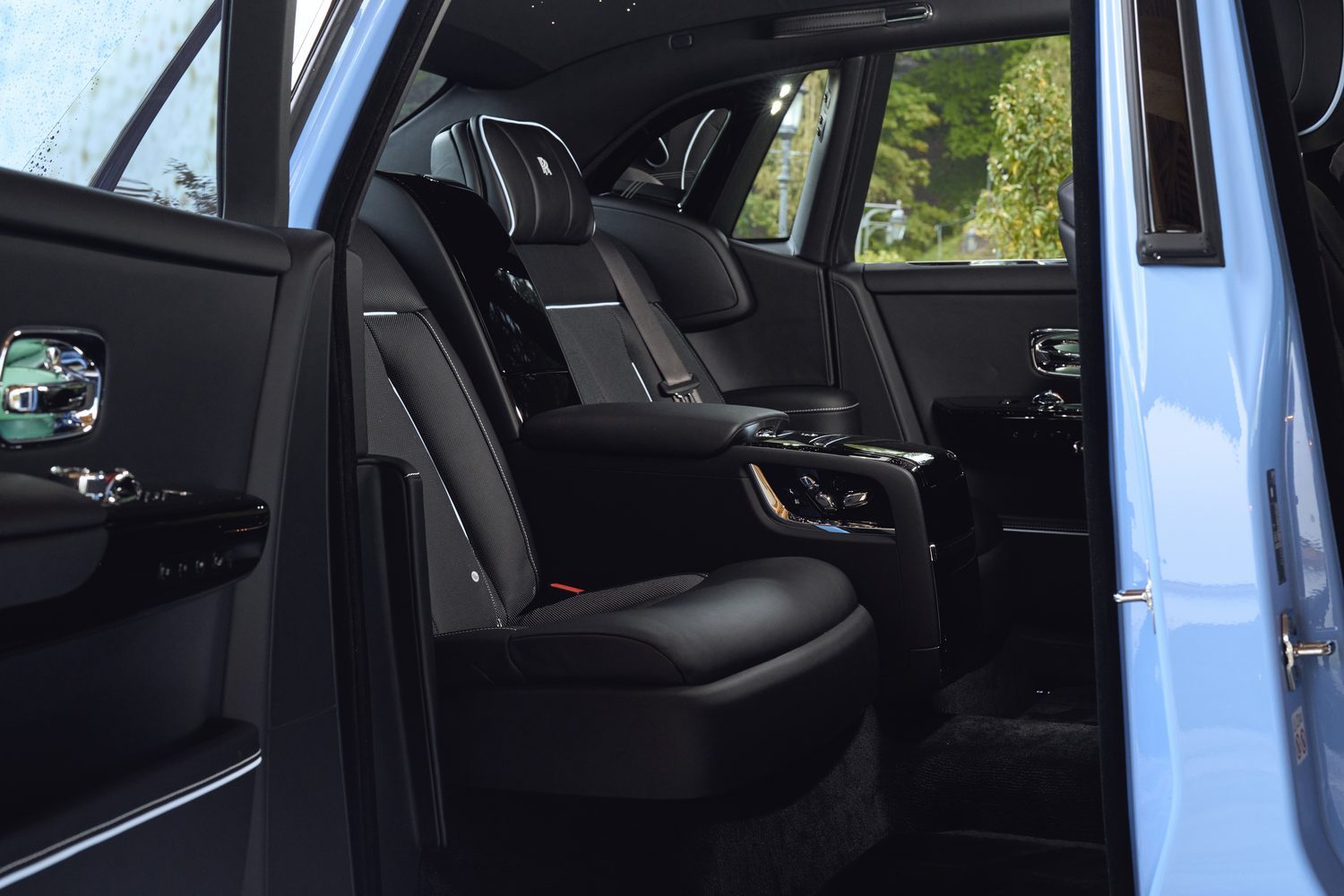
The rear cabin space, therefore, is way more important and way more impressive. You don’t have to do anything as vulgar as opening or closing a door (there are buttons for that, sir), and nor do you even have to fold your own tray table or open your own touchscreen - there are buttons for those, too. Cabin quality is even better than in the front, the amount of legroom is ridiculous and headroom is ample, too.
Even the rear seats are fantastic, with electric adjustability on offer to get you sitting just the way you want, and gadgets such as footrests to improve the comfort further. If you have to while away hours in the back of a car, this is the car in which to do it.
Especially now you’re less likely to have to share space with your luggage. The boot capacity was previously a bit of an Achilles heel for the old Phantom, but the current model has a bigger boot that is more than adequate for whatever luggage you need to pack, with more space than you’d get in, say, an Audi A8.
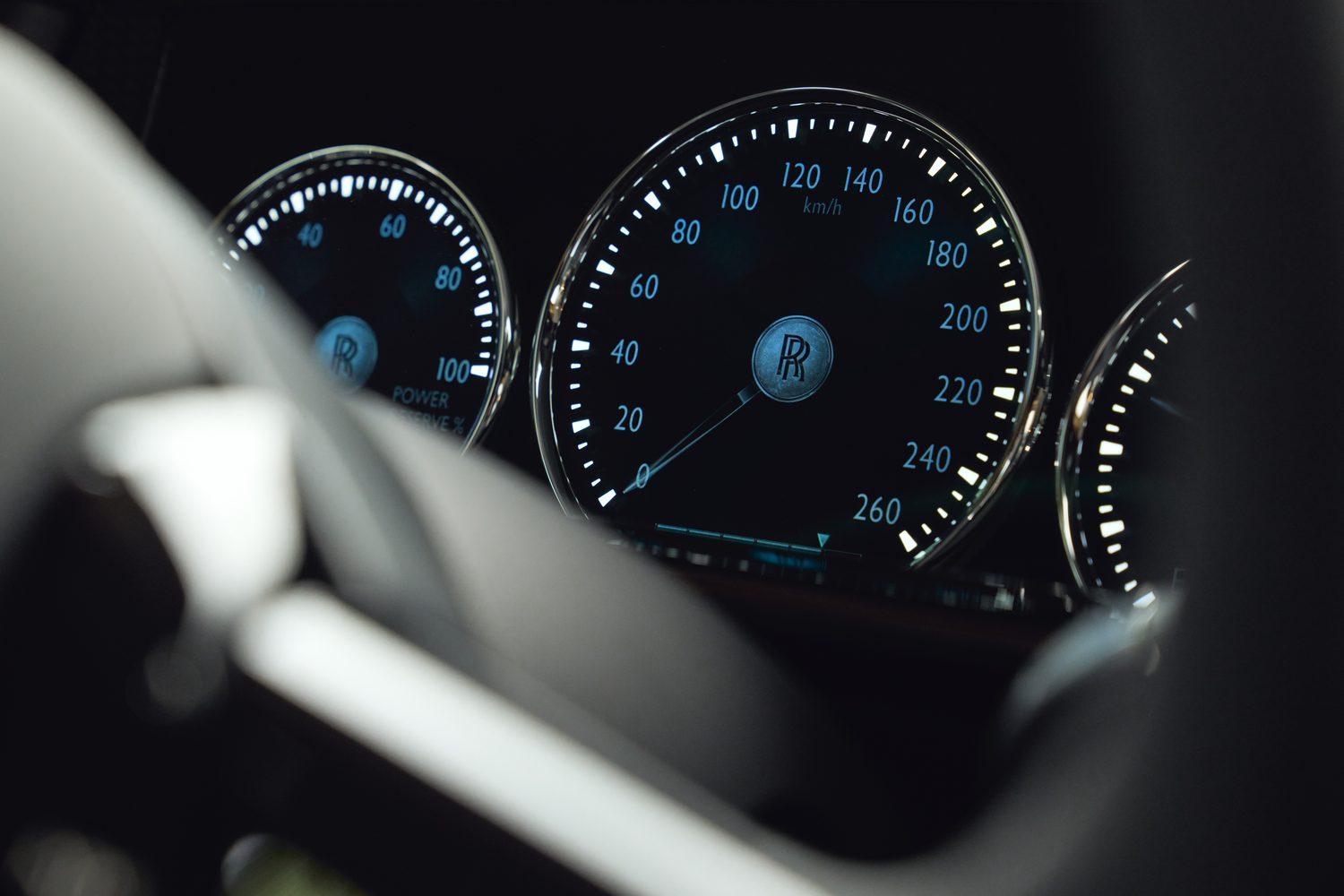
The Rolls-Royce Phantom’s on-board technology
Technology isn’t exactly the Rolls-Royce’s forte because it just isn’t that kind of car, yet tech still plays a part in the experience. If nothing else, there’s the option of a starry night roof lining, which is hugely popular with customers and uses LEDs in the fabric to show the night’s sky on a given date and at a given location, such as a birthday or anniversary.
Then there’s the more conventional infotainment system, which is essentially a repurposed BMW display, complete with a rotary controller to keep sticky fingerprints away from the screen. It all works well, as you’d expect from German tech, but it isn’t especially exciting. And the same goes for the instrument display, which may be digital, but still apes the classic dials you’d have seen on a Rolls-Royce of the 1970s. Or even the 1920s.
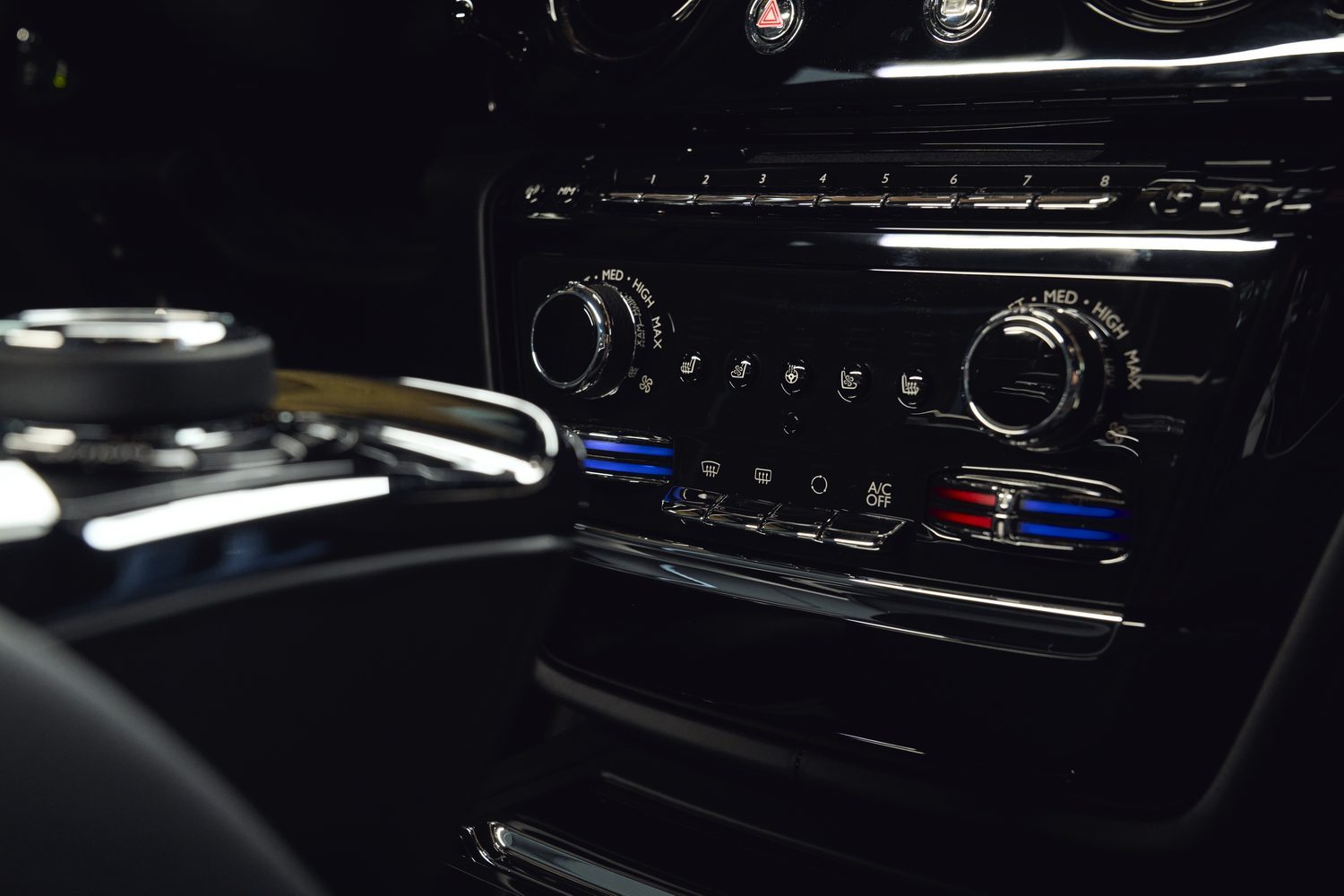
However, there is a slightly more modern feel in the rear, where you can have touchscreens housed in the backs of the front seats to create personal infotainment displays, allowing passengers access to the in-car media, heating and ventilation controls, as well as offering the chance to watch television or a film while in the back.
How fast is the Rolls-Royce Phantom?
Speed is not the Phantom’s primary concern, but refinement is, and part of the secret of luxury is effortlessness. To achieve that, Rolls-Royce has fitted the Phantom with a 6.75-litre turbocharged V12 petrol engine that’s silky smooth and has an abundance of power. In fact, with 571hp, it has more than most Rolls drivers will ever use. And Rolls is so confident of that the Phantom doesn’t have a conventional rev counter, but a ‘power reserve’ readout, telling you just how little the engine is having to work.
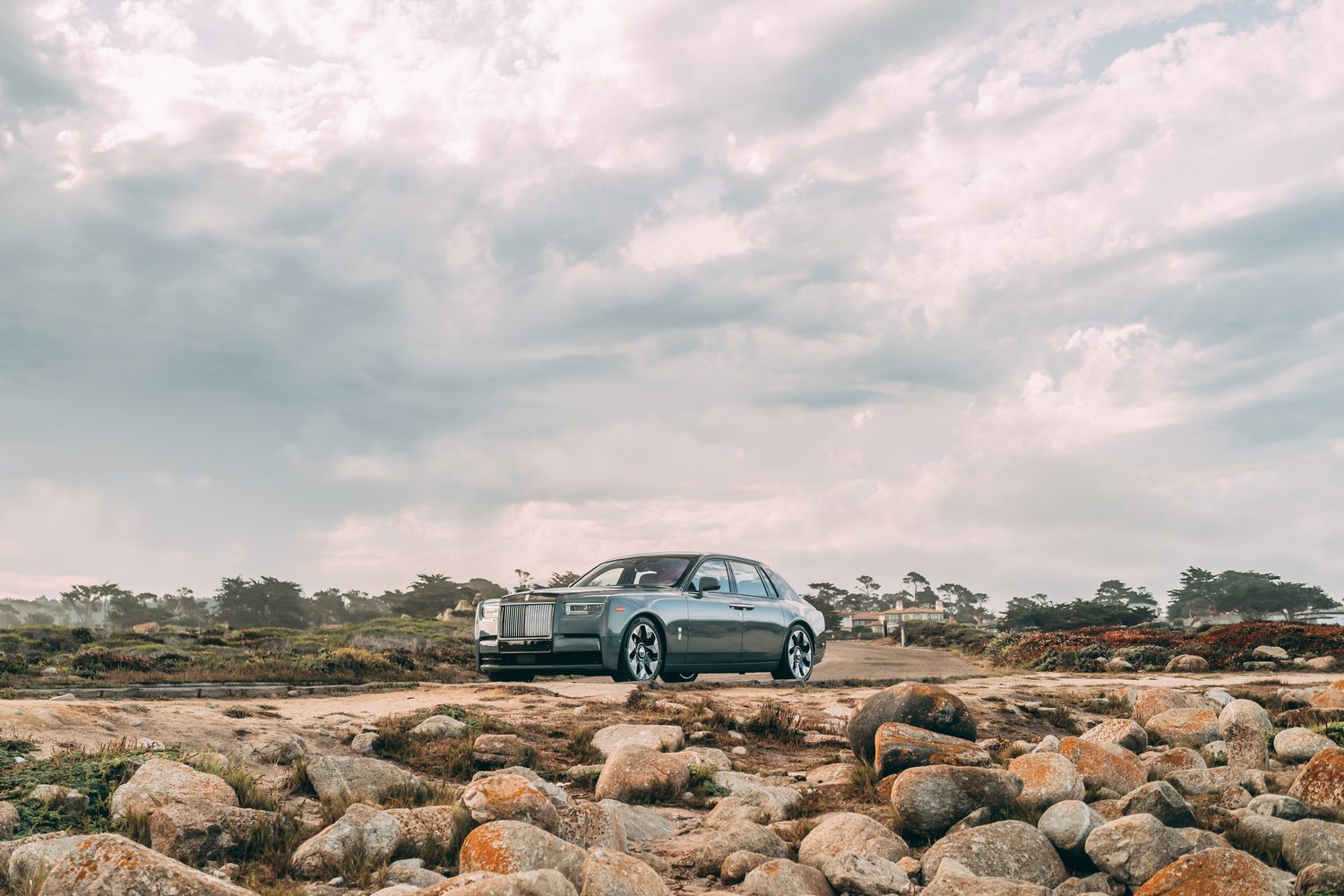
Even if you use just a fraction of the power available - maybe 20 or 30 per cent - the Phantom will have more than enough performance to keep up with traffic, but the engine won’t even break into the combustion-powered equivalent of a sweat. It’ll just purr away quietly, smoothly and unobtrusively. If, however, you do run the needle around to the 100 per cent mark, you’ll be able to drag the Phantom from 0-100km/h in 5.5 seconds, making the big Roller faster than a Volkswagen Golf GTI.
That’s astonishing, really, when you consider the Phantom weighs the best part of three tonnes, but what’s more astonishing is the way in which it guzzles fuel at the same time. The official test says the Rolls will burn around 15 litres of unleaded every 100km, but the truth is you’ll probably use more than that, especially if you try using the wave of torque on which the Phantom rides.
Driving the Rolls-Royce Phantom
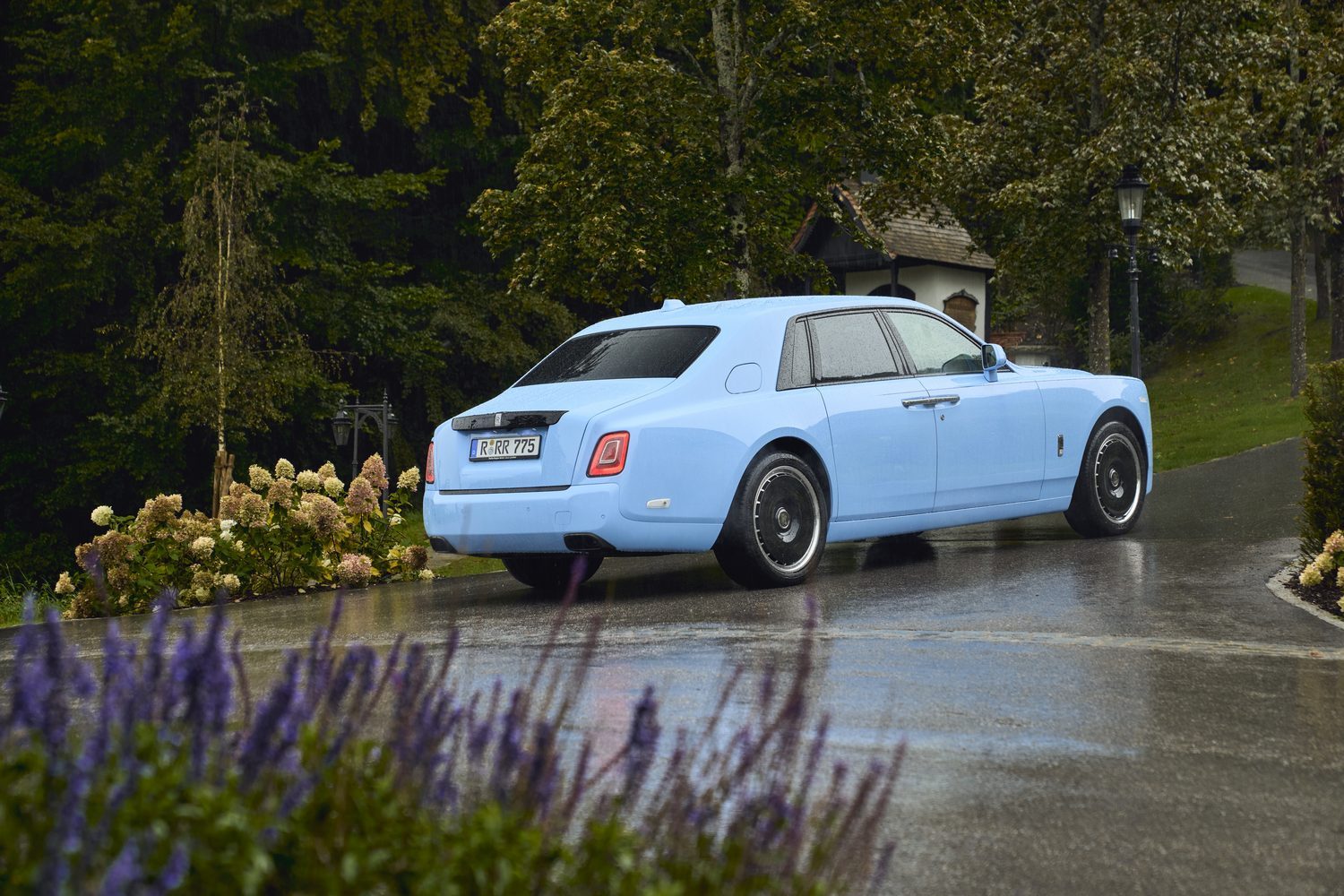
The Phantom is not really a car to drive, but one best experienced from the back seats, where you can better enjoy the acres of legroom and the fluffy floor mats. So, it comes as no surprise to find Rolls-Royce has built the Phantom to be refined and comfortable, rather than stable and sporty.
For the driver, the steering is light and a little numb, while the brake pedal feels soft and the accelerator is ponderous, all of which aid smooth driving but fail to encourage any kind of hustle. Not that the Rolls can’t be driven quickly - body control isn’t dreadful and for something so large, it steers reasonably well - but it clearly doesn’t want you to grab it by the scruff of the neck. Instead, it’s a place of relaxation and calm; a four-wheeled spa day.
Yet the ride is still very, very slightly disappointing when comfort is the name of the game. We’re nit-picking here, simply because of Rolls’ reputation and the Phantom’s price tag, so we should say the ride is not stiff or jagged in any way, but in its attempts to soak up the bumps effectively, it has almost become a little too soft, making it slow to react to imperfections in the road surface. The result is that some bumps have more impact than we might have hoped, but it still doesn’t feel uncomfortable at any time. There’s very little that will stop you from tapping away at a laptop in the back or from reading a newspaper in peace.
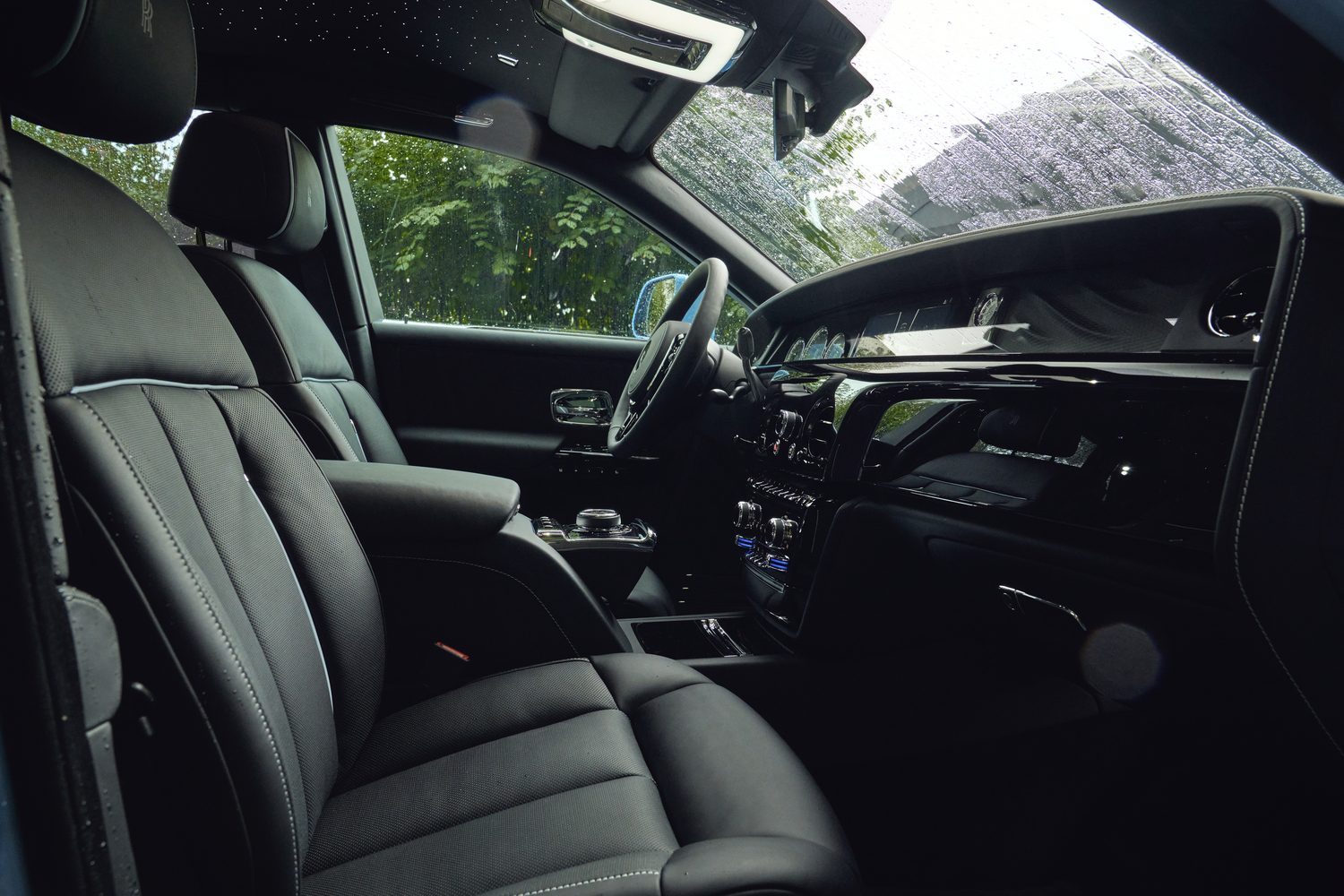
And the sense of quiet and isolation in there is almost uncanny. You can whisper to the person next to you, even at motorway speeds, and you hear extraordinarily little from the car’s transmission, powertrain or tyres, no matter whether you’re in town or batting along at great speed. The Phantom’s cabin is remarkably serene.
The reasons you’d buy a Rolls-Royce Phantom
The Phantom remains the definitive luxury saloon, but that doesn’t mean it’s the best in the business. Sure, the Bentley Mulsanne’s departure from the UK market a few years ago has left it a little short of direct rivals, but the Rolls still impresses with its presence, opulence and space. As drivers, we prefer the Bentley Flying Spur, which is that bit smaller and much more agile, but for passengers who care more about image than handling, the Rolls-Royce is pretty much the only option. And what a spectacular option it is.
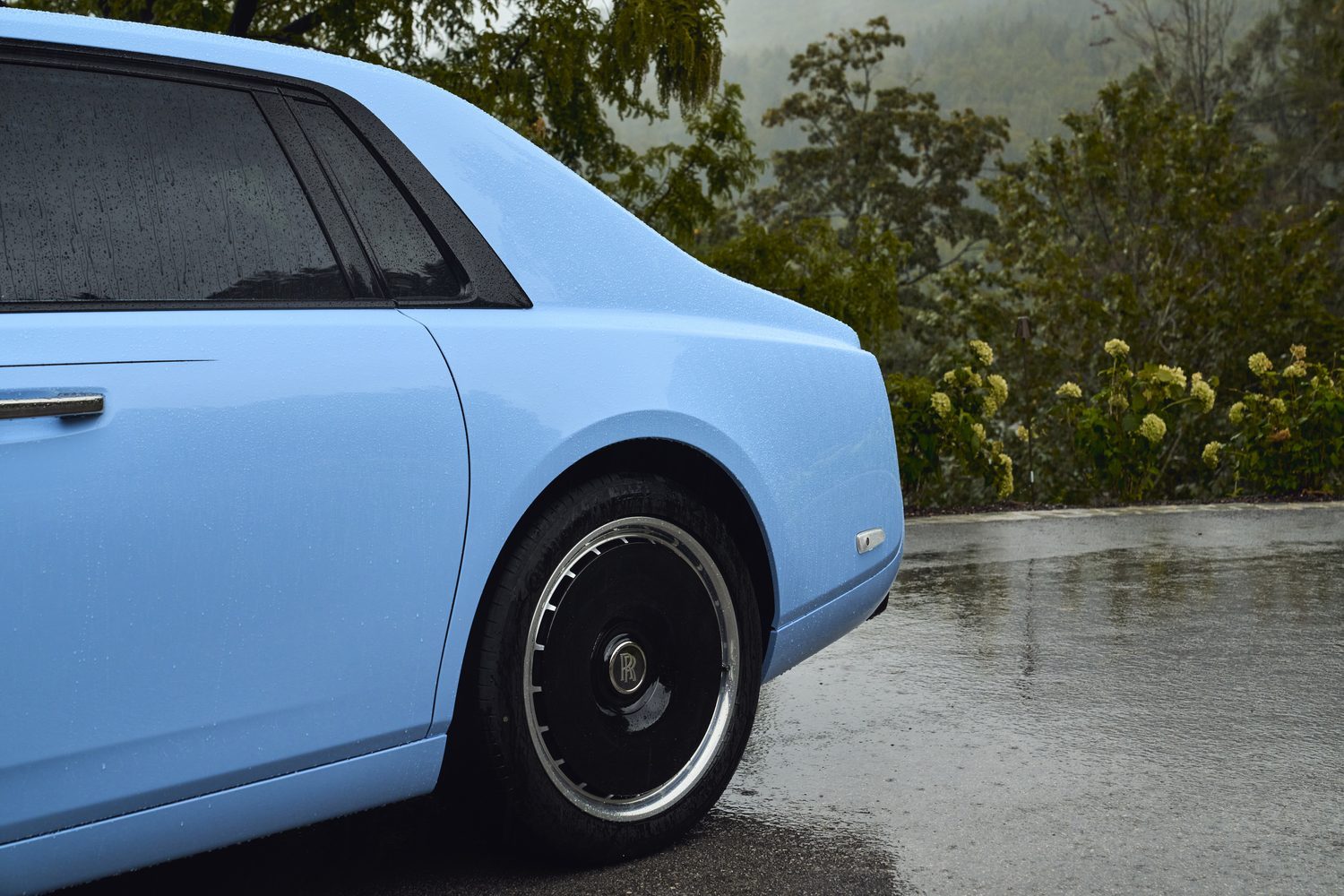
Ask us anything about the Rolls-Royce Phantom
If you want to know more about the Rolls-Royce Phantom, any other Rolls-Royce, or indeed any other car at all, why not try our Ask Us Anything service? It’s completely free of charge, and it allows you to pose your questions to our team of experts, who can provide you with some of the best car-buying advice out there.

